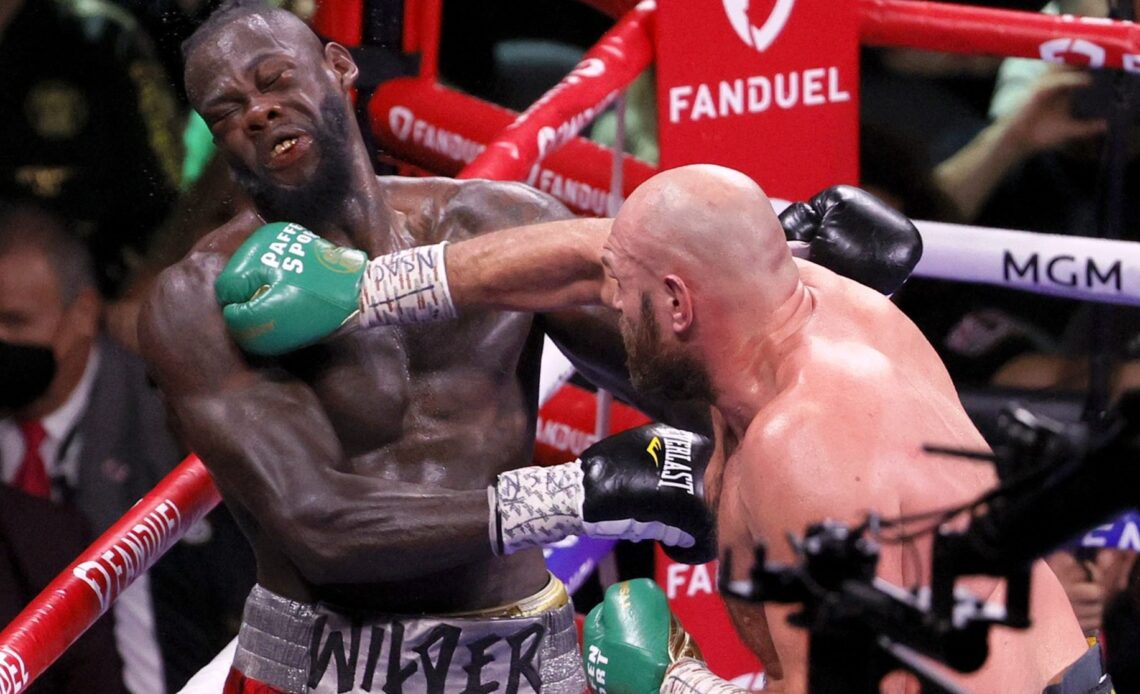Boxing has long been a sport that captivates audiences worldwide, with its raw intensity and larger-than-life personalities. Among the most anticipated showdowns in recent memory was the clash between Tyson Fury, known as “The Gypsy King,” and Deontay Wilder, dubbed “The Bronze Bomber.” This epic battle wasn’t just about two fighters vying for supremacy; it was a contest of styles, mental fortitude, and legacies on the line. As fans eagerly awaited this fateful encounter, the stakes couldn’t have been higher—the world heavyweight boxing throne hung precariously in the balance.
Tyson Fury’s journey to the top of the heavyweight division is nothing short of extraordinary. Born into a family of Irish Travellers in Manchester, England, Fury grew up surrounded by boxing culture. His father, John Fury, was a former professional boxer, and young Tyson was introduced to the sport at an early age. Standing at an imposing 6’9″ with a reach advantage over most opponents, Fury combined his physical attributes with exceptional technical skills. His breakout moment came in 2015 when he dethroned Wladimir Klitschko, ending the Ukrainian’s decade-long reign as champion. That victory not only cemented Fury’s place in boxing history but also marked the beginning of a new era in the heavyweight division.
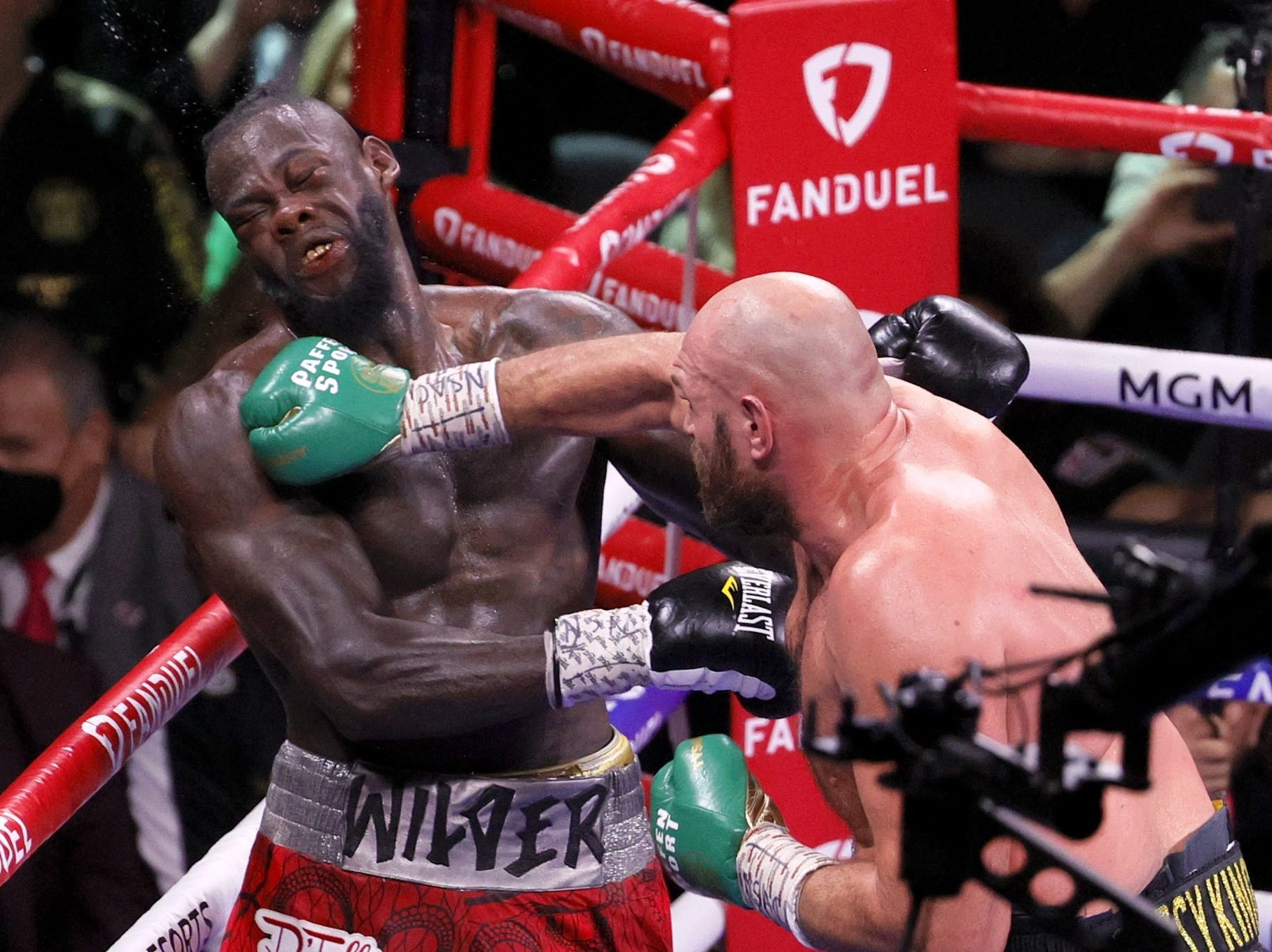
However, personal struggles followed. Fury battled depression, substance abuse, and weight gain, which temporarily sidelined him from the sport. At one point, it seemed like his career might be over. But Fury made a triumphant return, shedding nearly 100 pounds and reclaiming his status as one of the best heavyweights in the world. His resilience and ability to adapt both inside and outside the ring became defining traits of his persona. Fury’s charisma and confidence extended beyond the ropes, as he often engaged in psychological warfare with opponents, using humor and bravado to unsettle them before fights.
On the other side of the spectrum stood Deontay Wilder, “The Bronze Bomber,” whose rise mirrored Fury’s in terms of dominance yet differed in style. Hailing from Tuscaloosa, Alabama, Wilder took up boxing relatively late in life, initially pursuing the sport to provide for his daughter, Naieya, who was born with spina bifida. Despite his late start, Wilder quickly rose through the amateur ranks, earning a bronze medal at the 2008 Beijing Olympics—a feat that earned him his iconic nickname.
Turning professional in 2008, Wilder brought explosive power to the heavyweight scene. With knockout victories in nearly all of his professional bouts, he became synonymous with devastation. Unlike Fury’s methodical approach, Wilder relied heavily on his thunderous right hand—a weapon so lethal that many opponents crumbled under its force. While some critics questioned his technical prowess, there was no denying the danger posed by his punching power. Wilder’s unorthodox style, characterized by awkward angles and unpredictable movements, added another layer of complexity to his game. Despite skepticism from purists, Wilder’s sheer ability to end fights with a single punch ensured he remained a formidable force in the division.
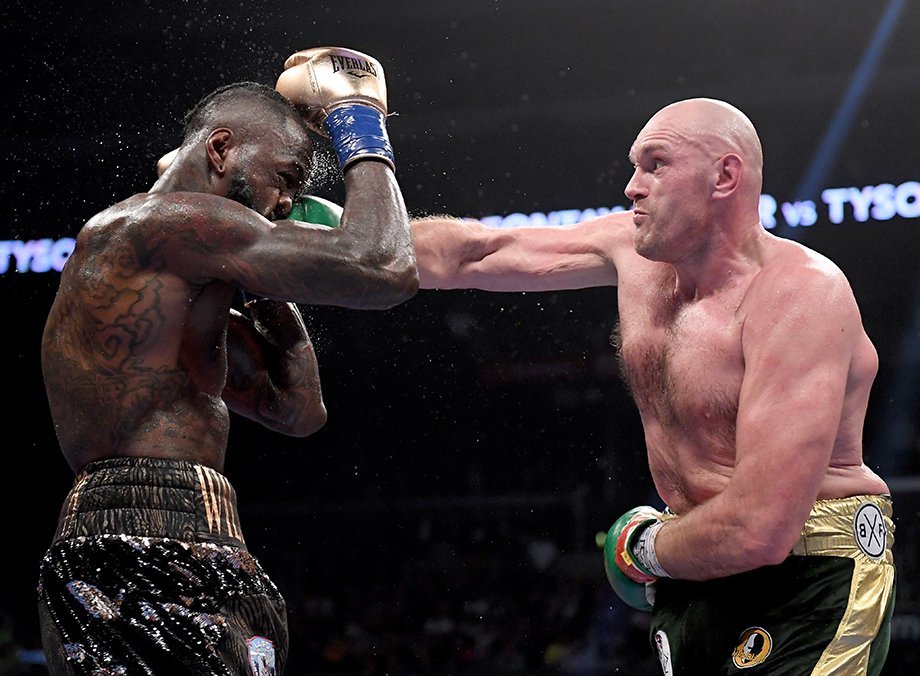
As these two giants ascended to prominence, their paths inevitably crossed, setting the stage for one of the most talked-about rivalries in modern boxing history.
When analyzing the matchup between Fury and Wilder, one cannot ignore the stark contrast in their fighting styles. Fury represented the quintessential boxer—nimble on his feet, adept at controlling distance, and possessing uncanny defensive reflexes. His ability to slip punches and counter effectively made him a nightmare for sluggers who thrived on landing big shots. Moreover, Fury’s psychological warfare played a crucial role in unsettling his opponents before they even stepped into the ring. His antics during press conferences and weigh-ins were legendary, often reducing adversaries to frustration or anger.
Wilder, by contrast, embodied brute strength and aggression. While some critics questioned his technical deficiencies, there was no denying the danger posed by his devastating right hand. Wilder’s strategy often revolved around patiently waiting for openings to unleash his signature punch. Even if his opponent managed to avoid it initially, the constant threat of being knocked out loomed large throughout the fight. Wilder’s unpredictability and willingness to take risks made him a unique challenge for any fighter.

This clash of styles promised fireworks. Would Fury’s superior ring IQ and movement neutralize Wilder’s power? Or would Wilder land the decisive blow that could end the contest in an instant? These questions fueled anticipation among fans and pundits alike, making the bout a must-watch event.
Their first meeting took place in December 2018 at the Staples Center in Los Angeles. Dubbed “Fight of the Year” by many, the bout delivered drama from start to finish. Fury showcased his incredible agility and resilience, weathering Wilder’s early attacks and even flooring the American with a clean left hook in the ninth round. However, Wilder demonstrated why he was feared, dropping Fury twice with concussive right hands—one in the final seconds of the twelfth round that left Fury sprawled on the canvas.
Miraculously, Fury rose to his feet, surviving the onslaught and hearing the final bell. When the judges’ scorecards were announced, the result was a split draw, leaving both fighters and fans divided. Some argued that Fury had done enough to win based on his overall performance, while others believed Wilder’s knockdowns warranted victory. Regardless of the outcome, the fight solidified their rivalry and set the stage for a highly anticipated rematch.
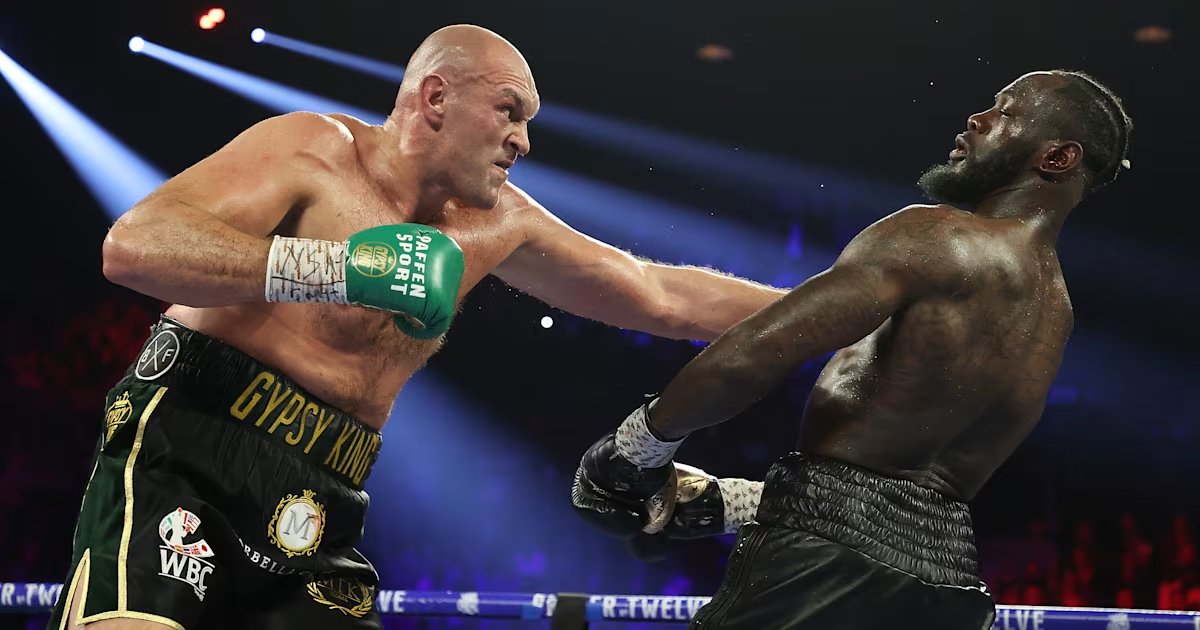
Seventeen months later, Fury and Wilder met again in Las Vegas for their second bout. This time, Fury entered the ring with renewed focus, having hired renowned trainer SugarHill Steward to refine his offensive arsenal. From the opening bell, it was evident that Fury had evolved. He adopted a more aggressive stance, using feints and combinations to keep Wilder off balance.
By the seventh round, Fury’s relentless pressure began to take its toll. Wilder, visibly fatigued and unable to mount any meaningful offense, was battered against the ropes. Sensing the inevitable, Wilder’s corner threw in the towel, handing Fury a TKO victory. It was a masterclass performance that silenced doubters and cemented Fury’s status as the premier heavyweight of his era.
For Wilder, the loss marked a turning point. Questions arose about his future in the sport, particularly whether his reliance on power alone was sustainable against elite competition. Nevertheless, the Alabama native vowed to return stronger, setting up the possibility of a trilogy fight.
In October 2021, Fury and Wilder completed their trilogy in front of a raucous crowd at the T-Mobile Arena in Las Vegas. Both fighters arrived with something to prove—Fury sought to reinforce his dominance, while Wilder aimed to reclaim his lost glory. What ensued was a brutal, back-and-forth war that will forever be etched in boxing lore.
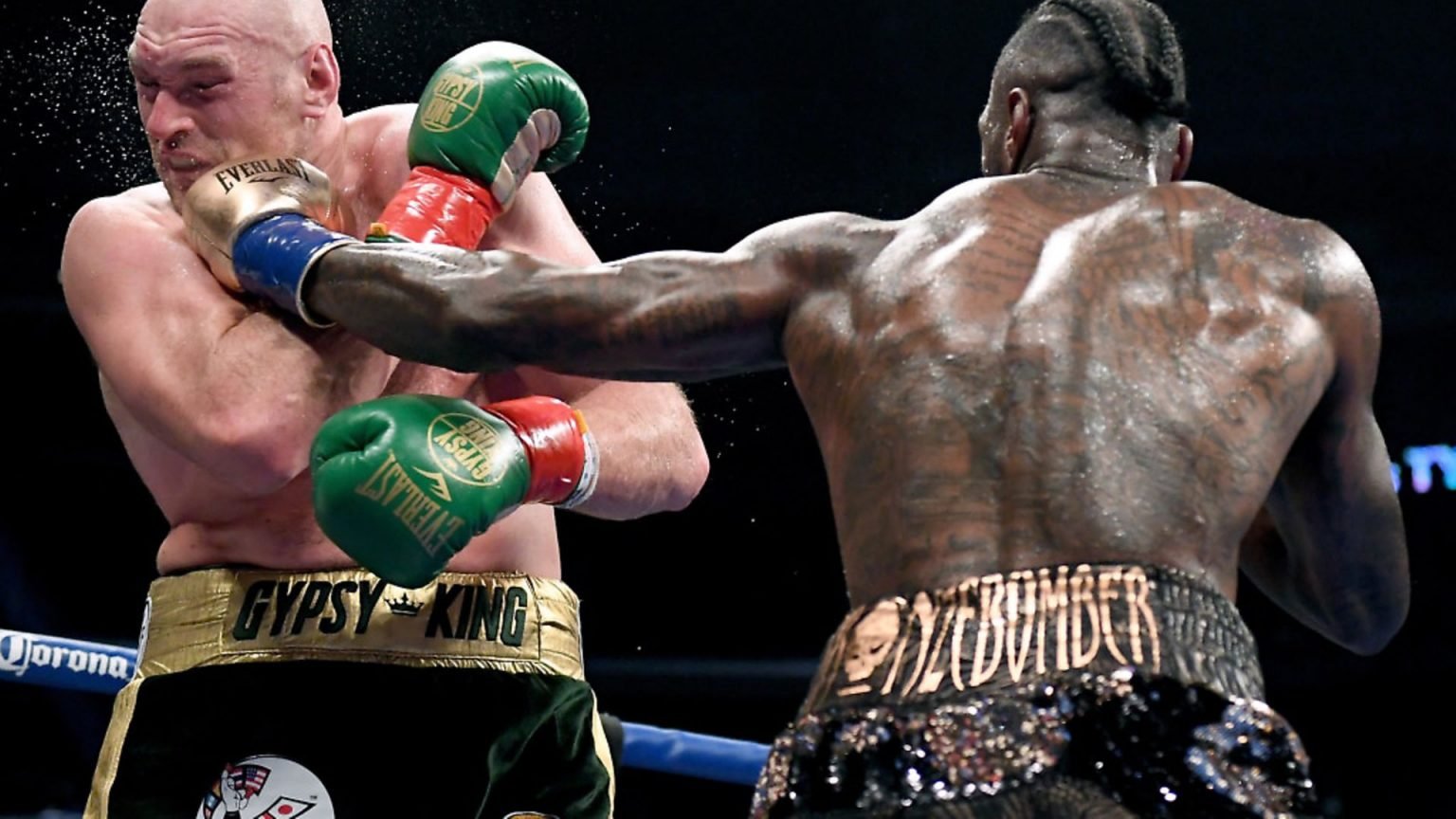
Wilder started strong, flooring Fury twice in the fourth round with his trademark power. But true to form, Fury absorbed the punishment and fought back with calculated precision. By the tenth round, Fury’s relentless assault overwhelmed Wilder, culminating in a devastating knockout that left no room for debate. Once again, Fury emerged victorious, further solidifying his legacy as one of the greatest heavyweights of all time.
The Fury-Wilder trilogy transcended mere sports entertainment; it highlighted themes of perseverance, redemption, and the pursuit of greatness. For Fury, overcoming personal demons to achieve success served as an inspiration to millions. Meanwhile, Wilder’s unwavering determination despite setbacks underscored the grit required to compete at the highest level.
From a cultural standpoint, the rivalry resonated globally. Fury’s embrace of his Romani heritage and Wilder’s representation of African-American pride added layers of identity and symbolism to their battles. Their fights became more than just contests of skill—they were narratives of resilience and ambition.

From a business perspective, the trilogy generated massive revenue through pay-per-view buys, ticket sales, and merchandise. It also elevated the profile of heavyweight boxing, drawing attention from casual fans and hardcore enthusiasts alike. In an era where mixed martial arts (MMA) often overshadowed traditional boxing, Fury vs. Wilder reminded everyone why the sweet science remains timeless.
While debates may continue about who reigns supreme in the heavyweight division, there’s no denying the impact Tyson Fury and Deontay Wilder have had on the sport. Their trilogy encapsulated everything fans love about boxing—intensity, drama, and unforgettable moments. Whether you admire Fury’s technical brilliance or Wilder’s explosive power, both men deserve recognition for pushing each other to new heights.
As the dust settles on their storied rivalry, one thing is certain: the tale of “The Gypsy King” versus “The Bronze Bomber” will be recounted for generations to come. Their battles didn’t just decide the heavyweight throne—they redefined what it means to be a champion in the modern era of boxing. Through their courage, determination, and unwavering spirit, Fury and Wilder have left an indelible mark on the sport, ensuring their names will forever be etched in boxing history.
